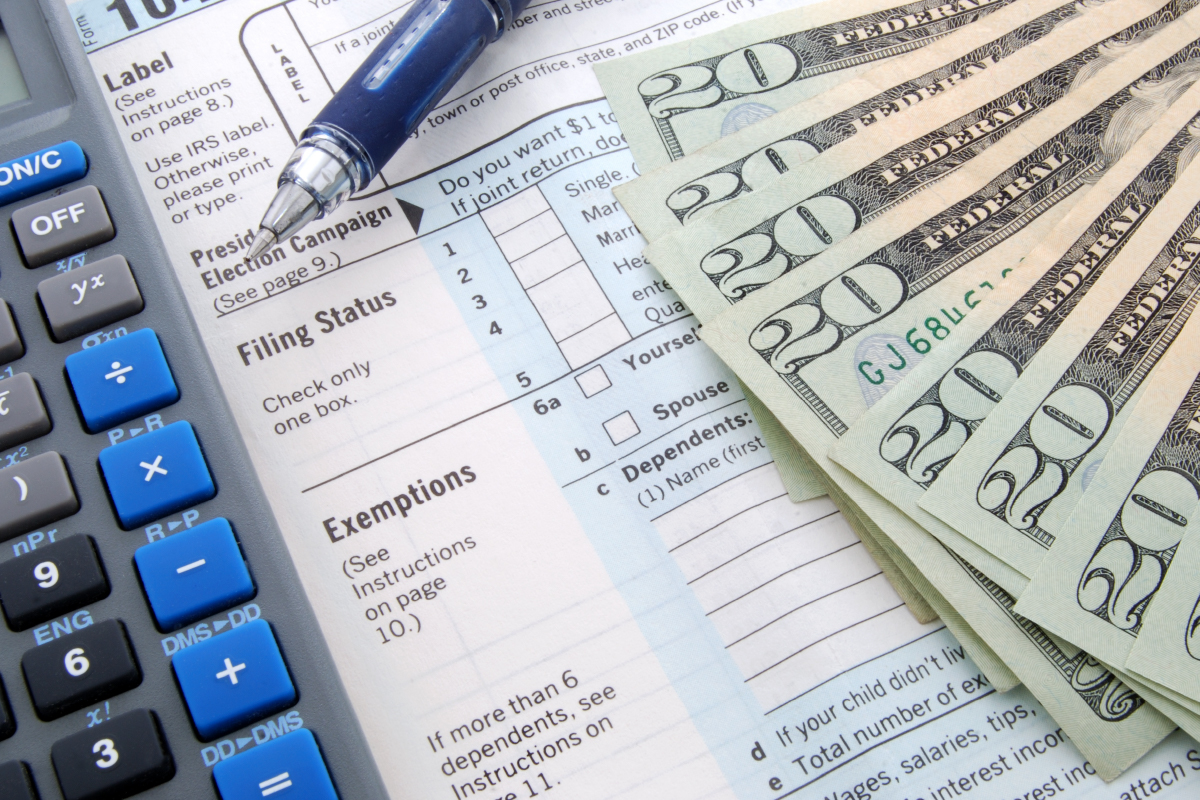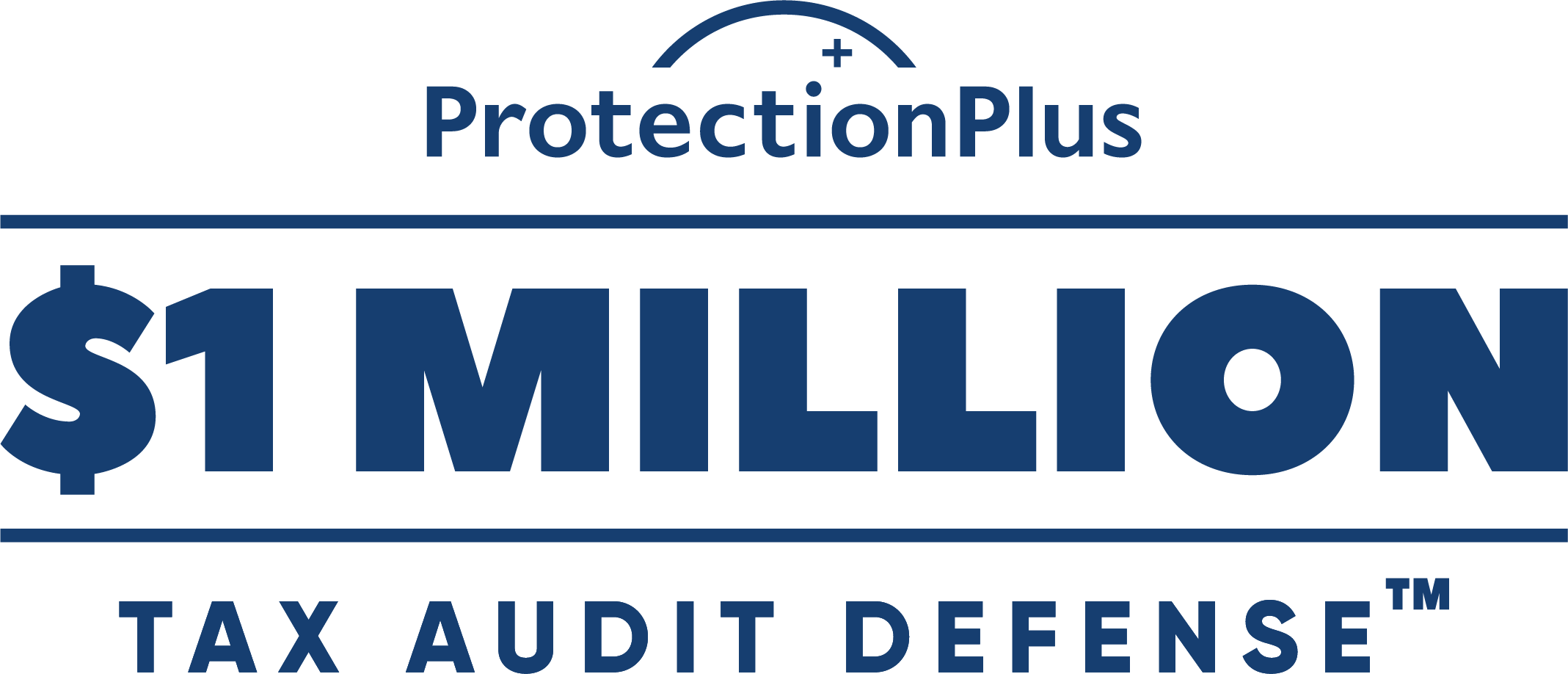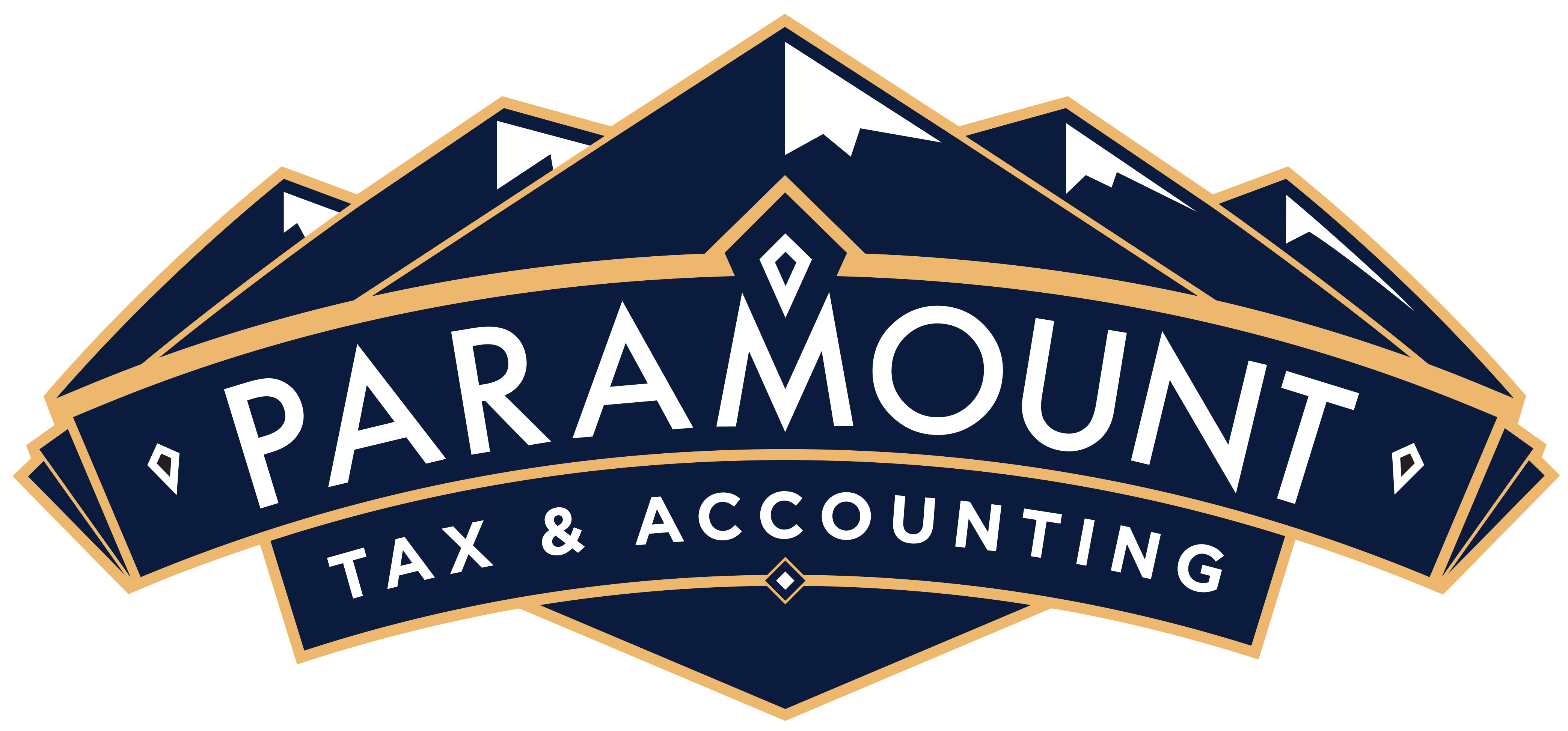Paramount Tax & Accounting in Bradenton Metro Blog
Bookkeeping Tips for Your Small Business
At Paramount Tax & Accounting in Bradenton Metro, we understand the responsibility of staying on track with your business’s books. Your business's records help you understand your profits and losses, so failing to focus on your accounting tasks can sink your business before you get started.
Bookkeeping can seem overwhelming, especially if you've never done it before. But don’t worry — here, we’ve compiled tips for healthy accounting habits that will set you and your business up for success.
Separate Personal and Business Spending
Begin separating your finances as soon as your business is incorporated. It’s tempting not to worry about this at the start of your business because you have so many other things to do. However, doing it first will simplify things in the long run. Here are just a few ways setting up a separate business account can help you:
- Streamline bookkeeping. Whether you do it yourself or hire someone to do it for you, bookkeeping is much easier if you don’t have to sort through a mix of personal and business spending.
- Stick to your budget. When you don’t have personal finances in the mix, it’s easier to set and keep to a business budget and keep your business finances in order.
- Build and develop business credit. Whether your personal credit score is high or low, building a separate business credit score can help you get lower rates on insurance policies and increase the borrowing potential for your business.
If that isn’t enough to convince you to create a separate business account, consider this: not doing so can result in serious legal ramifications such as an IRS Audit or increasing your personal liability in the event of a lawsuit.
Keep Track of Revenue and Expenses
As a small business owner, this one’s a no-brainer. Balancing your books helps you know if you’re breaking even or making a profit. Keeping track of revenue and expenses over time can also help you identify overall financial trends. For example, did your business see an increase in revenue around the holidays? What items sold well in the summer months? Historical financial data can help you understand where your business is performing well and determine if you need to make changes.

Keeping track of costs can also help you learn to anticipate some expenses, or at least plan for (re: budget for) unexpected expenses. Keep track of what you spend on supplies, inventory, insurance, utilities, and so forth, so you’re never caught off guard when you run out of pens — or anything else. Setting aside a “rainy day” fund for unforeseen business expenses can also come in handy should disaster strike.
Prepare for and Set Financial Goals
In addition to setting a financial goal for your “rainy day fund,” there are other financial goals you can and should make.
If you know you will need new equipment in six months, start budgeting and saving for it now. Or, if business is slow at any point of the year and your revenue is less — plan for the slow season next year so you can stay afloat and still get paid.
Plans to expand your business also require financial planning. When you feel your business is ready to expand, good bookkeeping will allow you to look over your finances and determine the cost of expansion.
Create a Schedule that Works for You

Set aside a regular time to update your accounts. Once a week is ideal for keeping you from getting overwhelmed with transactions. More importantly, be consistent, whether once a week or once a month.
Besides picking and sticking with a set bookkeeping time, create a schedule for the tasks you will accomplish. Suppose your employees, for example, are paid bi-weekly. In that case, you only have to include payroll in your bookkeeping time bi-weekly. Another way you can plan your bookkeeping is around the time of month your credit card statement is due. Sit down and go over all the transactions to ensure they’re accurate.
Hire a Professional
And our final tip is…get someone else to do your bookkeeping! Seriously.
Even if you enjoy bookkeeping, it takes up a lot of time. And as your business grows, you may find the work of balancing your books grows as well, taking up even more of your time! When your bookkeeping becomes more than you can handle, hire a professional bookkeeper. Not only will it save you time, it can also save you money.
Paramount Tax & Accounting in Bradenton Metro is the professional bookkeeping service you need. As a small business ourselves, we understand the everyday stressors of owning and operating a business and can offer you a more personal experience than you would find elsewhere. We work closely with professionals to provide you with accurate tax and accounting services and we’re dedicated to quality bookkeeping and responsiveness. Have a question about your finances? Paramount Tax & Accounting in Bradenton Metro can answer it!
Call now to schedule an appointment and learn what Paramount Tax & Accounting in Bradenton Metro can do to help you and your business be successful through our bookkeeping services.




